When it comes to installing your gym, flooring may not be the first thing you consider. It is not the feature point most people think about when designing their gym - whether it is a commercial or a home gym. I have yet to meet someone whose first goal in building a gym was getting the coolest, most functional gym flooring. More often than not, most people are concerned with what rack will fit best, cardio machines, or getting the best barbell and weight plates combo. After all flooring doesn't build muscle, the gym equipment does right?
However, just as the foundation of your house is one of the most important aspects. The foundation of your gym is the flooring. Without proper flooring, your gym will run into quite a few problems. Some of these can include slipping while working out, excessive noise, cracks in the flooring or foundation of your home, and injuries. These negatives can be avoided by prioritizing quality gym flooring.
While looking at home gym equipment and exercise equipment in general is more fun, be sure to not neglect your flooring - it is essential.
What Are My Options For Rubber Gym Flooring?
Now there are a ton of options when it comes to gym flooring (and no, we aren’t talking about your middle school gym hardwood floor where you dominated the dodgeball court). If you have done any looking at all, you have probably seen that there are foam, vinyl, carpet, and even turf options. These all have their place and time for gyms. For instance, foam works well underneath machines in your home gym or as a cheap option if you aren’t planning on doing barbell or dumbbell lifting. Vinyl can be good for yoga, dance, and pilates studios. Carpet is rarely a first choice for any situation, but can be suitable for a short time period. Turf is a cool option and while it shouldn’t cover the entire gym (commercial or home) having a turf area in any gym is great for warming up, plyometrics, walking lunges, sled pushes, sled pulls, and so much more.
With all that being said, when it comes to gym flooring, there is no question that rubber is king.
Hopefully, you know this, since you are looking at purchasing rubber gym flooring, but let’s quickly talk about some of the reasons why rubber reigns supreme.
#1) Rubber is durable
Rubber lasts. It can handle heavy weights being dropped on it (assuming it is thick enough). Rubber is shock absorbent and generally doesn’t crack and can last many, many years. If it's used for cars going 80 mph on the highway, I think it can handle most anything you can throw at it.
#2) Rubber is easy to clean
Rubber floors are much easier to clean than turf or foam. This is a big reason why commercial gyms almost exclusively use rubber. No one wants a nasty gym floor. Low maintenance for the win.
#3) Rubber can suppress sounds
Rubber helps reduce noise. This is especially great for a home gym. You don’t want your barbell waking up your newborn baby upstairs or upsetting your neighbor next door (although sometimes neighbors can never be pleased).
#4) Rubber is cost-effective
Is rubber cheap? Not necessarily. But in comparison to vinyl or turf, it comes in cheaper. For the protection you get, rubber is well worth the investment. Plus it looks pretty cool. Whether you go with the all black or a speckled pattern, it really makes your gym feel like a GYM.
Okay, those are just a few of the reasons we love rubber flooring at Freedom Fitness. We will dive deeper into more of the benefits throughout this article, but we will start with those for now.
Hopefully, you are sold on rubber. It is hands down the best option for 90% of gym flooring needs. Now if you’ve looked into rubber gym flooring at all, I’m sure you’ve noticed there are a ton of options available.
Let’s start to dissect the world of rubber gym flooring. We will start with the most popular types of rubber. Here we go.
Types of Rubber Used in Flooring
Let’s first start off with the two sources of rubber.
Natural Rubber
Natural rubber is derived from the earth. It is primarily produced from a tree now known as the rubber tree although around 20,000 species can produce rubber. Rubber is a raw material that comes from latex and latex comes from the sap of these trees.
Natural rubber is non-toxic, and is derived from plants and trees which also makes it biodegradable. It is also more flexible and has less of an odor than synthetic rubber which we will discuss next.
However, natural rubber is not the clear-cut favorite. Some of the negatives it has is that it wears out quickly. It does not last as long as synthetic rubber. This is especially magnified when dealing with extreme temperatures. Natural rubber does not do as well as synthetic in direct sunlight or more challenging climates. Because rubber comes from latex, natural rubber is not a great option for those who have allergies. Now sure, you probably don’t plan on laying all over your gym floor all the time, but let’s avoid allergies if we can. This is especially important if you allow guests and friends to use your home gym. We don’t want anyone dealing with allergy issues while trying to get a lift in. We are trying to get a sick pump not sick, right?! Another disadvantage of natural rubber is that it doesn’t hold up well against grease and oil. Now, this isn’t a huge problem for commercial gyms, but if you are thinking about putting natural rubber in your home gym consider grease and oil from your car, lawnmower, and other machines.
Synthetic Rubber
Synthetic rubber is basically the human-made version of rubber. Made popular around the time of World War 2, it is made using byproducts from petroleum. These byproducts are formed into a rubber-like substance that has a few advantages over natural rubber.
Synthetic rubber is incredibly strong and resilient. It easily goes back to its original shape and has a little bit of give to it. This is why rubber as a whole makes such a good gym floor - it is strong enough to support heavy loads, but it also gives enough to receive those forces from the weight or your body as you work out. In fact, synthetic rubber can handle deformation of up to 1000 percent before quickly returning back to its original shape.
It is also more durable than natural rubber. It holds up much better under heat and cold. Because synthetic rubbers are manufactured, they can be manufactured to be more weather resistant, especially against UV damage. They also can be designed to better resist chemicals and corrosive substances.
There are many different types of synthetic rubbers, and each can be tailored to specific needs. As far as disadvantages of synthetic rubber - some may argue that it causes more health issues than natural rubber. Synthetic rubber is also not often biodegradable; however, the biggest use of rubber is automobile tires, and they typically are recycled into a whole host of things including flooring and gym equipment like bumper plates
So, these are the two broad categories for types of rubber. Now what happens to the rubber next is where more variation comes in. Let’s look at the vulcanization process.
Vulcanized vs Non-Vulcanized Rubber: Which Should I Choose?
This isn’t scary I promise.
The name is a little intimidating, but the process isn’t. Vulcanization is a process that was discovered by Charles Goodyear - yep that Goodyear, the blimp and tire guy.
Although he didn’t actually found Goodyear, his invention made the company possible.
At that time rubber was facing an identity crisis. It was waterproof and elastic - two great qualities; however, the weather really affected its usefulness. It became cold and stiff in the winter and sticky in the summer - making it hard to depend on.
Through an accident, he found that if you heat rubber and sulfur together it hardened. The process of vulcanization today involves heat and a curing agent (typically sulfur or peroxide). The benefit here is that it maintains all the positives of rubber without any of the negative temperature effects. It essentially makes rubber resistant to almost all temperatures, unless of course they are really extreme. Vulcanization is used with both natural and synthetic rubbers. This process is great because it creates a more durable, longer-lasting end product that can withstand almost anything thrown at it.
Now we’ve looked, at vulcanized, but there is also non-vulcanized rubber. This is essentially just the rubber that Goodyear was trying to fix. It is not very strong and can be pretty sticky. It is similar in texture to chewing gum. Obviously, we don’t want to deadlift on chewing gum, so it’s safe to say non-vulcanized or unvulcanized rubber is not ideal when it comes to gym flooring.
Although, on the plus side it’s pretty safe to say you’d never have to worry about your feet sliding.
There is another brother in the vulcanized family, his name is revulcanized.
So when vulcanized rubber is at the end of the road for its use, it is recycled. Typically we see this happen with tires that are out of tread. The rubber cannot be recycled in its current state so it must be unvulcanized. This process leaves behind a rubber that is not very useable. It is very similar in form to its original state before the first vulcanization. This rubber is then revulcanized to form a recycled usable product. Revulcanized rubber is often used for gym flooring and gym equipment like bumper plates.
Finally, we have recycled bonded crumb rubber gym flooring. This type of flooring is extremely common. This gym flooring uses crumb rubber as its base. Crumb rubber is created from tires and is essentially really, really small pieces of tire. This is pretty cool as we have close to 1 billion tires being used every day here in the United States. That’s right a billion. There are about 250 million registered vehicles (and assuming each has four tires) you can see just the extent of tire use just in the United States. That’s not even counting eighteen-wheelers, tractors, and even race cars.
So these tires are ground up and bonded by glues and other chemicals to form a new product. One of the most common new products ends up being gym flooring. It is a pretty cool solution and a way to recycle tires.
Okay, I know that is a lot. Basically, we have four main types of rubber that you can buy today. We have natural vulcanized rubber, synthetic vulcanized rubber, revulcanized rubber, and crumb rubber. We will dive deeper into each of these and some of the pros and cons when deciding which is the best option for your gym.
Vulcanized Rubber
We already touched on a few of the differences between natural and synthetic rubber above, so let’s instead group the two together and talk about vulcanized rubber flooring.
This rubber gym flooring is also known as “virgin” flooring. It is the first use of the rubber whether synthetic or natural.
Virgin rubber gym flooring has a few positives going for it. First, it is slightly more durable. Almost all rubber mats are going to be durable; however, simply because it is the first use of the rubber, it will be just a little bit longer lasting.
A big pro with vulcanized rubber flooring is the limited odor. This isn’t something we have touched on much yet, but rubber floors tend to smell like - you guessed it, rubber. The recycled rubber flooring tends to have a stronger odor. The smell of virgin rubber is not quite as strong. This can be especially helpful if you are sensitive to strong odors or are installing the floor in a room that doesn’t have great airflow.
The final benefit is that vulcanized rubber gym flooring is just barely more precise. Now most all rubber gym flooring is going to be cut fairly precisely. However, because it is the first time it is being manufactured, you can better expect the quality to be exact.
With all that being said, vulcanized rubber is not all that different from revulcanized recycled or crumb rubber gym flooring. It is a little bit more expensive, smells a little bit better, and is a little bit better quality.
Revulcanized Rubber
Revulcanized rubber can be a great option for your gym. It is almost the exact same as vulcanized rubber flooring, except the fact that it is not in its first use.
Revulcanizing rubber is over 3 times as durable and strong as non-vulcanized rubber. The revulcanization process hardens and strengthens the recycled rubber much better than using a bond or glue. A huge benefit to revulcanized rubber, or really any rubber that has been vulcanized at some point, is its waterproof properties.
There is not much better than the feeling after one of your intense workouts. You are dripping sweat, knowing that you gave your all. However, the last thing you want to do is find that sweat on the mat the next day. That is gross. Since vulcanized rubber is waterproof, it is much easier to keep dry and clean following those tough workouts. Not to mention, the floor can hold up against spills from water bottles and shaker cups. Revulcanized rubber flooring also maintains its shape very well. It handles the heat and cold well and can withstand just about anything thrown at it.
The biggest negative with revulcanized rubber flooring is the smell. This type of rubber flooring tends to smell pretty bad. There are ways to mitigate the smell, but it often never fully goes away. Now, the smell varies with brand and type of flooring and really depends on the person how it is tolerated. If you have a very sensitive sense of smell it may be a good idea to avoid this type of mat or at least work to reduce the smell (which we will talk about later). If you are planning on using revulcanized rubber in a small space or area without much airflow, just be aware of the potential smell. Honestly, some people may not mind the smell all that much. Some people may find it smells like a gym - or a tire shop, who knows maybe you just love tire shops. No judgement here. A tire shop scented candle sounds lovely.
Crumb Rubber Flooring
This flooring is made from rubber pellets from recycled tires bonded together with glue.
One of the big pros to crumb rubber flooring is that it also has a less distinct smell. This can make it a great option for those smaller surfaces. Crumb rubber flooring also tends to be a little bit cheaper than most other options. This flooring has a little bit more give to it than the vulcanized or revulcanized rubber floorings above. For this reason, some gyms like it better as it provides a little bit more cushion. This is more of a preference thing. If you are performing a lot of heavy back squats, deadlifts, cleans, or snatches, you may opt to avoid crumb rubber. It wouldn't be all that bad, but you would want a stronger, less giving surface for these lifts.
On the flip side, one thing that is frustrating about crumb rubber flooring is that it is not completely waterproof. There are small openings that allow bits of water, sweat, and anything else to seep into them. This definitely makes them harder to keep clean and means they typically don’t last quite as long.
Another potential issue you may run into with crumb rubber gym flooring is damage from cars. Typically if you are installing mats in a garage gym, you don’t plan on parking in there every day, however, some people certainly do. If you choose to go with crumb rubber bonded flooring, you need to be especially careful. This is because the oil that can leak from cars, especially as they age does not react well with the glue in the mats. It can cause the mats to break down faster than normal.
If you plan on using your garage gym as both a garage and gym, it is probably smart to stick with vulcanized or revulcanized mats as these are resistant to oils and liquids.
At the end of the day, your choice should reflect your needs. All three are going to be great to protect your floors and allow you to have incredible workouts. There are certainly pros and cons with each, but ultimately it's about what matters to you most. Are you building a barn gym where smell is not a big deal at all? Maybe revulcanized is your choice. Are you looking for a rubber floor that gives just a little bit more and is a little bit cheaper? Maybe you go with the crumb rubber gym flooring. And maybe, just maybe you are looking for the best of the best and want brand-new mats that have almost no smell. If top-of-the-line quality is your thing, maybe you opt for the vulcanized virgin rubber.
There’s not really a bad choice here.
However, once you decide which type of rubber is the best flooring for your gym - whether a home gym or commercial - you then need to decide how to secure your flooring to the ground. Here's what you need to know.
How To Adhere Rubber Gym Flooring
Alright, you’ve got your rubber flooring and you are ready to put it down. What now?
So, you’ve got a few options.
There are three critical aspects that are going to make installing rubber flooring easier.
The first is a flat surface.
Rubber conforms to the surface it is placed on. If there are bumps or cracks, eventually it will show up on the surface of your mats. This will make your gym look significantly less professional. Be sure to choose a surface that is flat for your gym.
Even surfaces like tile are going to cause some issues potentially if the grout is particularly deep. However, this also depends on the thickness of your rubber gym flooring as well.
Second, make sure your surface is dry.
Moisture is an enemy of rubber gym flooring. BUT, you're probably thinking we just said that vulcanized and revulcanized rubber is waterproof. This is true; however, moisture doesn’t always come from on top of the mats. Moisture can also come from beneath, depending on the flooring situation below your rubber flooring. So think about this, moisture buildup, with no place to go, underneath your rubber flooring. Sounds really nice doesn’t it?
Not at all. This is a recipe for mold to grow. Ensuring you choose a location that is dry is so important. If you are worried about the floor underneath your rubber flooring being wet, many adhesives are actually moisture and water resistant so being sure to choose one of these options can help at least mitigate some risk, however, the best option is choosing a dry place to start.
Finally, you want to be sure your flooring is hard.
For this reason, carpet is just not a good idea. Don’t try and put rubber flooring on top of carpet. It will bunch up and form uneven spots on your gym surface. Plus, it will feel squishy and unstable.
So what is the ideal surface to install rubber flooring on?
Dry, flat concrete.
This is a big reason garages make such good gyms.
Sure you can do it on other surfaces and there are strategies to make the most of installing rubber gym flooring on hardwoods or tile, but there’s not much that beats dry, flat concrete.
What type of adhesive should you use? Should you use any at all?
This is a really good question. It may seem pretty easy to just put some rubber flooring down, work out, and forget about it. However, using an adhesive is a really good idea. This will ensure your gym flooring doesn't move and shift.
There are a bunch of different kinds of adhesives, but we will mainly focus on two - glue and double-sided tape.
First, double-sided tape. This option is great for the short term. If you don’t want to permanently install rubber flooring this is a great option to allow you to more easily move and shift flooring around when needed. Since you can more easily move and shift it, this means it isn’t quite as secure. Don’t get me wrong, rubber flooring is heavy and the tape is strong so you shouldn’t be too worried; however, this is not quite as permanent an option as glue or permanent bonds.
Now, glue is also a really good option if you are looking for something more permanent. On top of being more permanent, high-quality adhesives that bond your rubber to the floor below have moisture-resisting properties. Now, why is this important? Well, many gyms use crumb rubber flooring. As we’ve talked about before, this gym flooring has little holes and voids, meaning moisture and other elements can get into the mats making them harder to clean and allowing mold to grow. However, if we use a high-quality glue it can form a bond that better prevents moisture from coming through into your rubber floor by creating a seal between the concrete and rubber flooring.
This is why it is preferred by many to glue your rubber flooring down, especially for commercial gyms. Obviously, tape is not going to have the sealant effect we see with high-quality adhesives. So tape and a damp base floor won't be a great combo.
It’s worth noting that the type of adhesive varies with the type of rubber flooring you are using. It not only depends on the type of rubber, but also the type of flooring - mats, tiles, or rolls. So be sure to check the installation instructions for your specific flooring.
Let’s take a quick look at the differences between the three types of flooring.
Rubber Rolls
These are the best options for a large space - think commercial gyms. They are also great for large home gyms. Rubber rolls are typically pretty large and will require you to cut them to the shape your space needs. If you are looking for the most seamless look, look no further. Rubber rolls are the largest uncut pieces of rubber gym flooring and often look the cleanest.
Rubber Tiles
Rubber gym tiles are often interlocking. They look like giant puzzle pieces. These are awesome for easy installation and moving. The puzzle pattern generally looks pretty seamless when it's put all together - but this obviously depends on the brand of the rubber tiles.
Rubber Mats
Rubber gym mats are typically a little bit larger than tiles making them a little more permanent and a little bit harder to move. One of the most common types of rubber flooring mats for gyms are horse stall mats. Horse stall mats double as gym mats and are some of the cheapest commercial or home gym flooring options. Rubber gym mats are great options for garage gyms.
While we aren’t going to dive into all things mats, tiles, or rolls here, we have before - check out the links to learn more about the differences between the three and find the best flooring for you.
Okay, that’s it for now. There are a ton of options when it comes to your rubber flooring. Each gym has unique needs, so consider your space, make the best decision, and start crushing PRs!
Frequently Asked Questions
1. What is rubber flooring used for?
Rubber flooring is a versatile gym flooring material ideal for weight rooms, cardio areas, and multipurpose studios. Its shock-absorbing properties protect subfloors and equipment, while its slip resistance enhances safety during workouts.
2. What’s the difference between vulcanized rubber and non-vulcanized rubber?
Vulcanized rubber gym flooring undergoes a heat- and pressure-curing process that increases its strength, durability, and resistance to chemicals and UV exposure. Non-vulcanized (or raw) rubber is softer and less resilient, making it better suited for light-duty or decorative applications.
3. When should I choose virgin rubber versus crumb rubber flooring?
Virgin rubber gym flooring is made from 100% natural rubber, offering superior elasticity and chemical resistance, making it ideal for high-impact areas. Crumb rubber flooring, composed of recycled rubber particles, delivers cost-effective cushioning and sound suppression but may have a stronger initial odor.
4. Can rubber flooring withstand exposure to sweat, oils, and cleaning chemicals?
Yes. High-quality natural rubber flooring and vulcanized rubber options are engineered to resist moisture, body oils, and common cleaning agents. Look for products specifically labeled as “chemical-resistant” for use in settings such as health clubs or laboratories.
5. Is natural rubber flooring better than synthetic alternatives?
Natural rubber flooring offers excellent traction, biodegradability, and hypoallergenic properties. Synthetic options (like EPDM or SBR) can provide wider color choices and slightly higher durability, but may lack the eco-friendly profile of natural rubber.
6. What makes a gymnasium rubber crumb surface different?
A gymnasium rubber crumb surface typically features a smooth, poured-in-place or bonded layer of crumb rubber. It provides consistent cushioning and impact absorption across large areas, making it ideal for school gyms and indoor sports courts.
Sources
“Accidental Invention: Vulcanized Rubber.” Custom Powder Systems, https://custom-powder.com/accidental-invention-vulcanized-rubber/.
Barichello, Michelle. “How to Choose Garage Gym Flooring: What You Should Know.” Flooring Inc, 3 March 2022, https://www.flooringinc.com/blog/rubber-garage-flooring-what-you-need-to-know/.
Cerulli, Paige. “When Should I Use Glue Or Rubber Flooring Adhesive.” Greatmats, August 2023, https://www.greatmats.com/should-glue-or-adhesive-be-used-on-rubber-flooring.php.
Coran, A.Y. “Vulcanization.” Science Direct, 8 January 2022, https://www.sciencedirect.com/topics/materials-science/vulcanization. “Devulcanization - RUBBERLINK.” rubberlink, https://rubberlink.pt/devulcanization/?lang=en.
“The Differences Between Recycled Tire Rubber Flooring and Vulcanized Rubber Flooring.” Mondo Worldwide, 7 December 2022, https://www.mondoworldwide.com/na/en/spaziomondo/doyouknow/differences-recycled-tire-rubber-flooring-vulcanized-rubber-flooring/.
“5 Myths About Rubber Flooring.” Rubber Flooring Inc., 6 May 2014, https://rubberflooringinc.wordpress.com/2014/05/06/five-myths-about-rubber-flooring/.
Garrabrants, Matt. “Should you glue down your rolled rubber flooring?” Kodiak Sports, LLC, 7 January 2015, https://www.kodiaksports.com/blogs/kodiak-sports-blog/should-you-glue-down-your-rolled-rubber-flooring.
Gent, Alan N. “Rubber - Processing, Vulcanization, Synthetic.” Britannica, 15 March 2024, https://www.britannica.com/science/rubber-chemical-compound/Processing.
"Gym flooring installation: how to easily install rubber rolls or mats.” Synthetic experts, https://syntheticexperts.com/gym-flooring-installation/.
“How Synthetic Rubber Is Made: A Guide.” Manufacturer's Rubber, 8 February 2024, https://www.manuf-rubber.com/news/how-synthetic-rubber-is-made-a-pocket-guide/.
“Is Natural Rubber Better Than Synthetic Rubber? Here's What We Know.” RugPadUSA, https://www.rugpadusa.com/articles/is-natural-rubber-better-than-synthetic-rubber-heres-what-we-know.
Meier, Kate, et al. “The Best Home Gym Flooring Options (2024).” Garage Gym Reviews, 8 March 2024, https://www.garagegymreviews.com/best-home-gym-flooring.
“Natural vs Synthetic Rubber | What is the Difference?” GMT Rubber, https://www.gmtrubber.com/natural-vs-synthetic-rubber/.
“Recycled Rubber Floors: An Eco-Friendly Solution to Tire Landfills.” Rubber Flooring Experts, https://rubberflooringexperts.com/rubber-flooring-buyers-guide/recycled-tire-products/.
Richmann, Kif. “Rubber Flooring Installation on Concrete & Other Surfaces.” Greatmats, November 2022, https://www.greatmats.com/rubber-flooring-options/surfaces-for-installing-rolled-rubber-flooring.php.
“What Is Crumb Rubber? | Liberty Tire Resources.” Liberty Tire Recycling, 12 August 2022, https://libertytire.com/Resources/What-is-crumb-rubber-and-how-it-is-made/.
“What is Vulcanized Rubber? | Material | OneMonroe.” Monroe Engineering, 8 July 2020, https://monroeengineering.com/blog/what-is-vulcanized-rubber/.
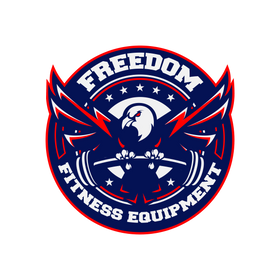
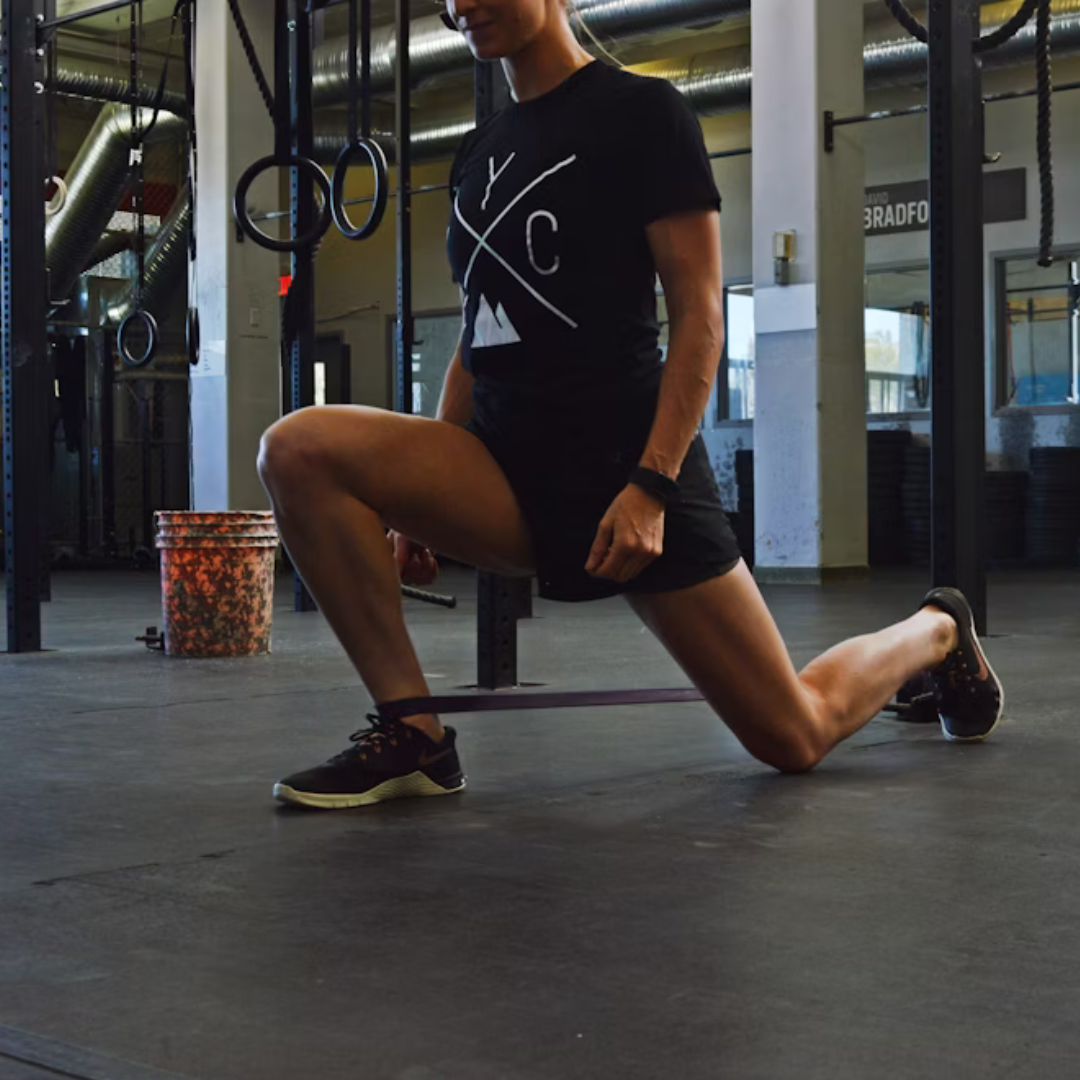



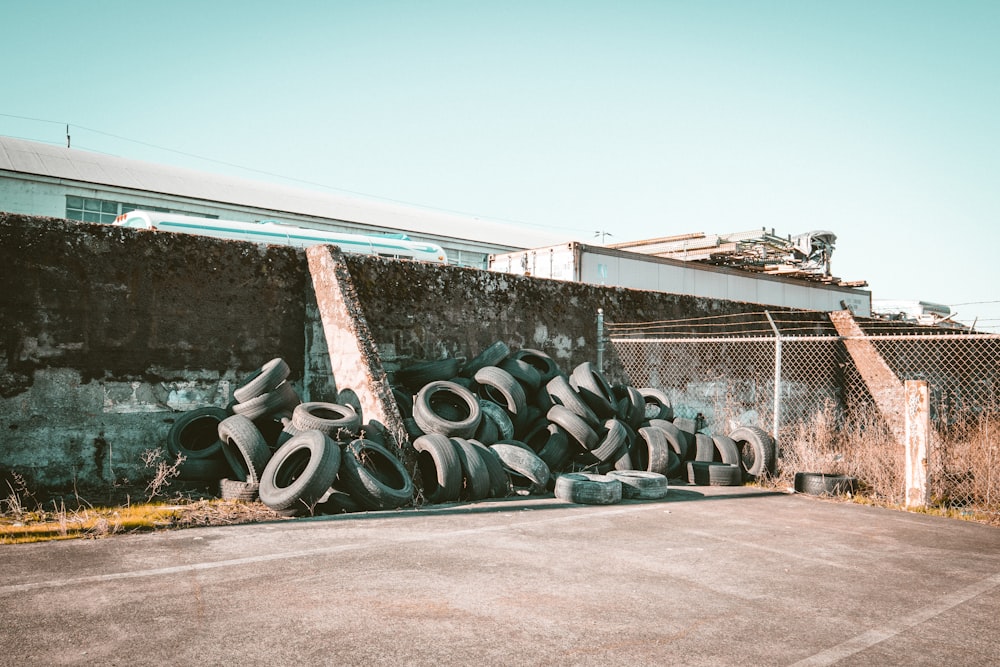
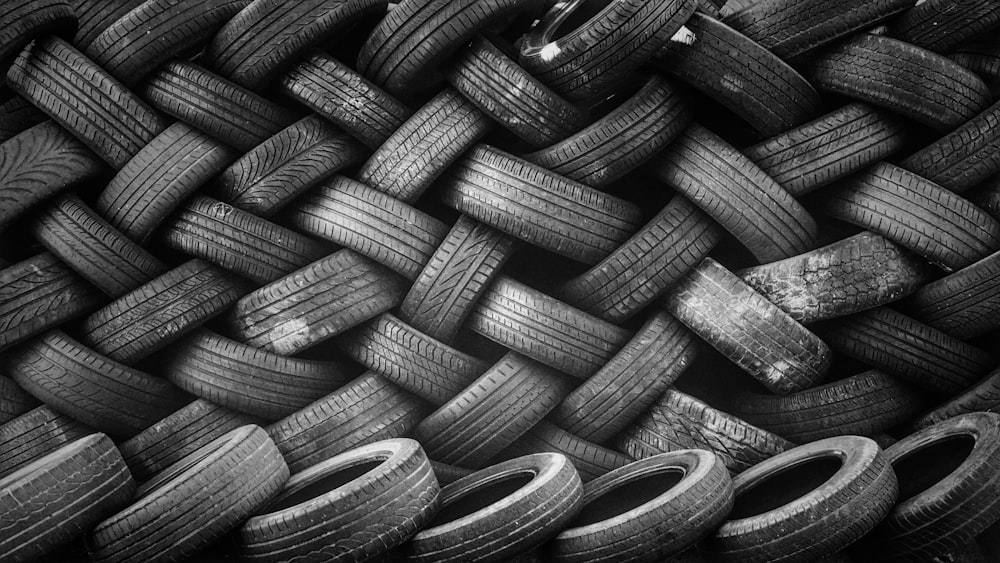
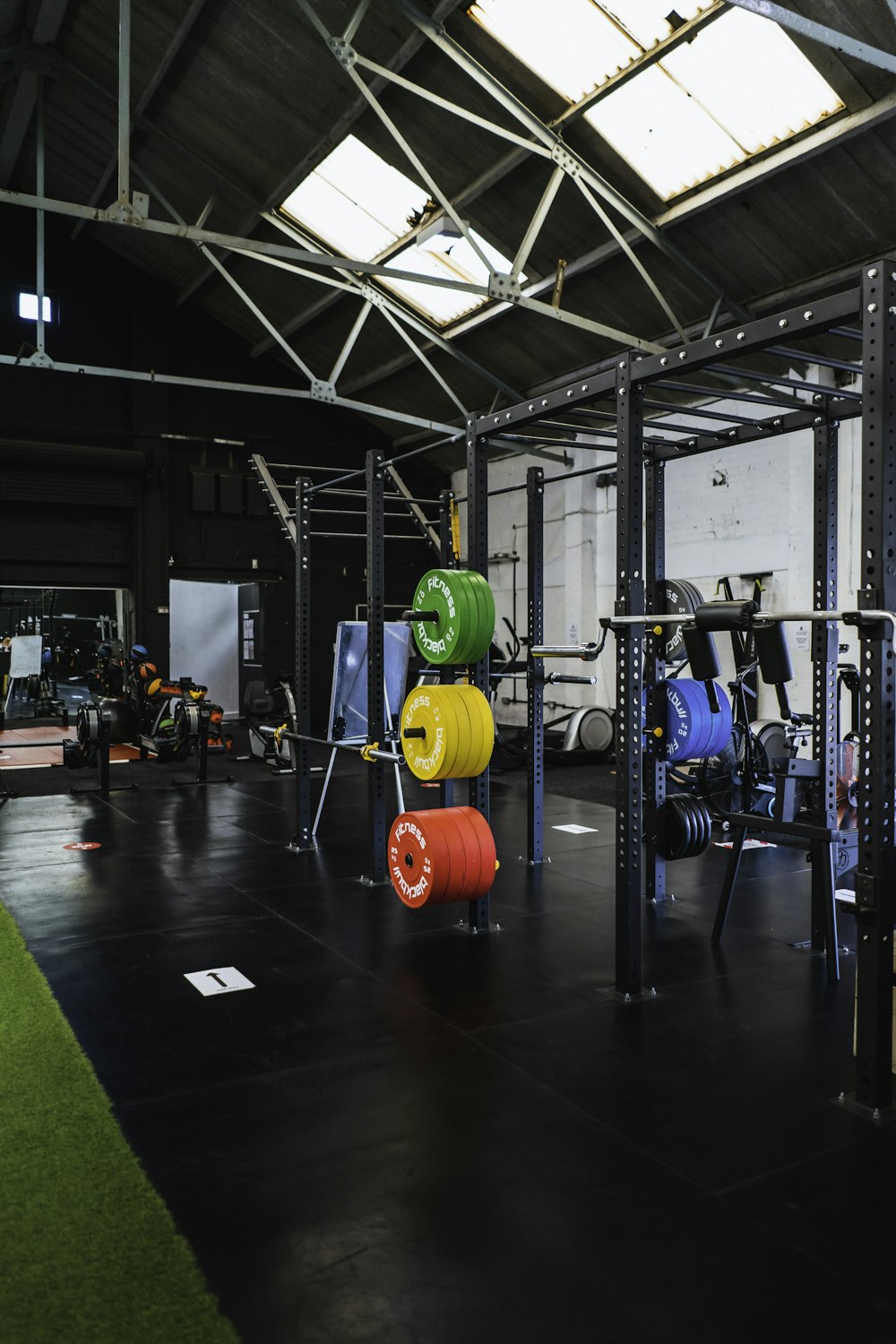





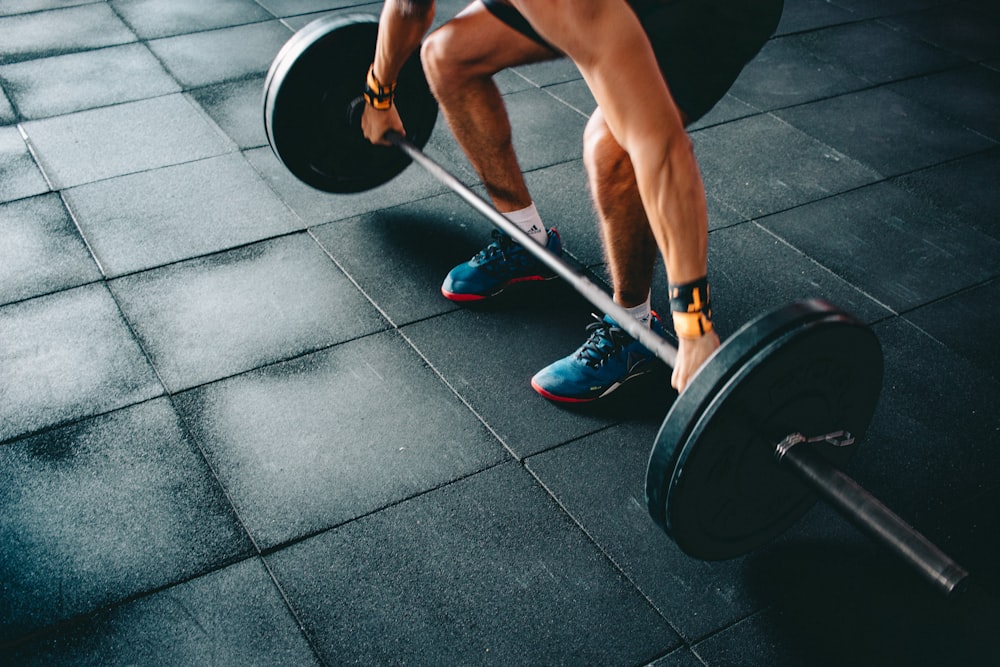
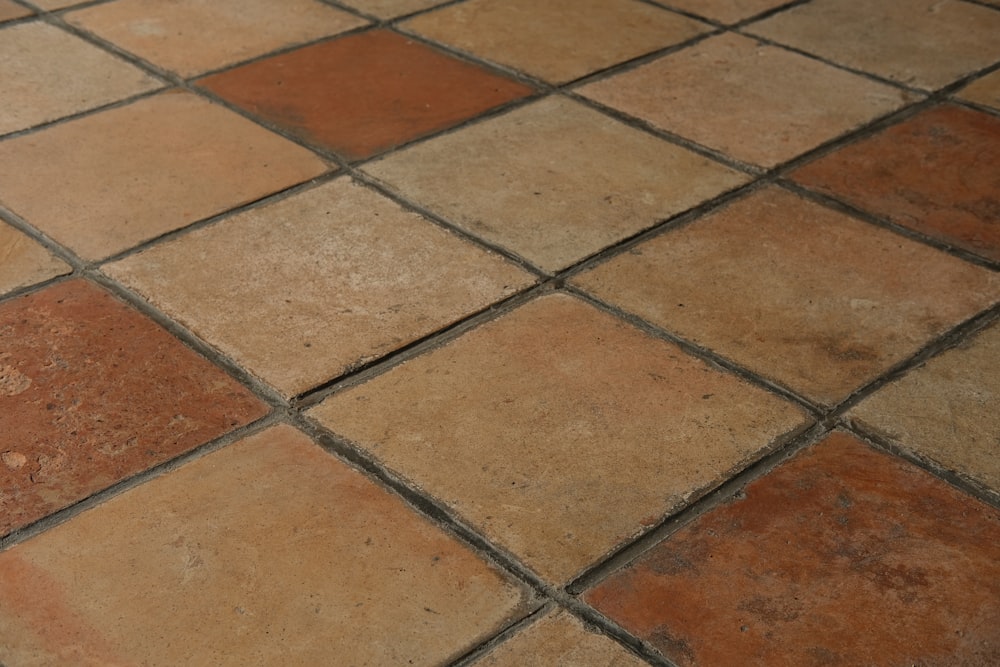
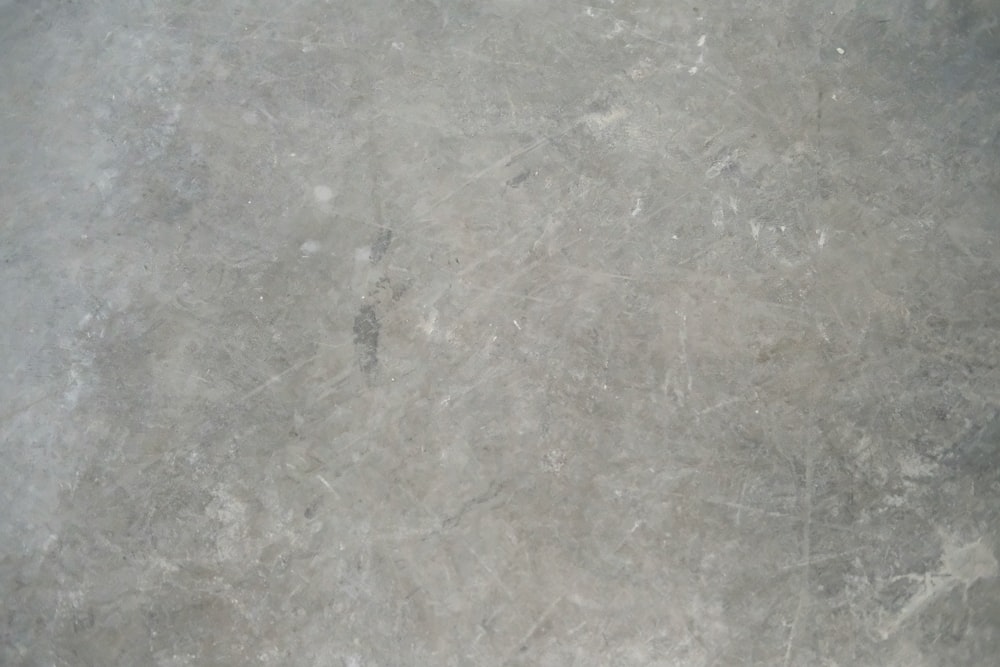
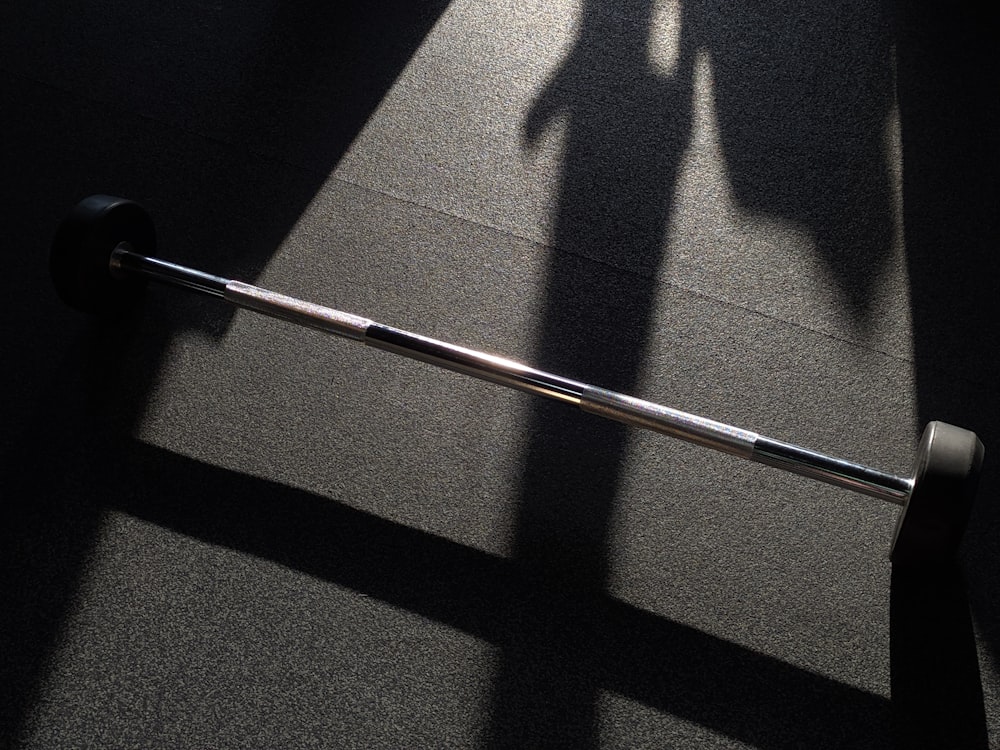
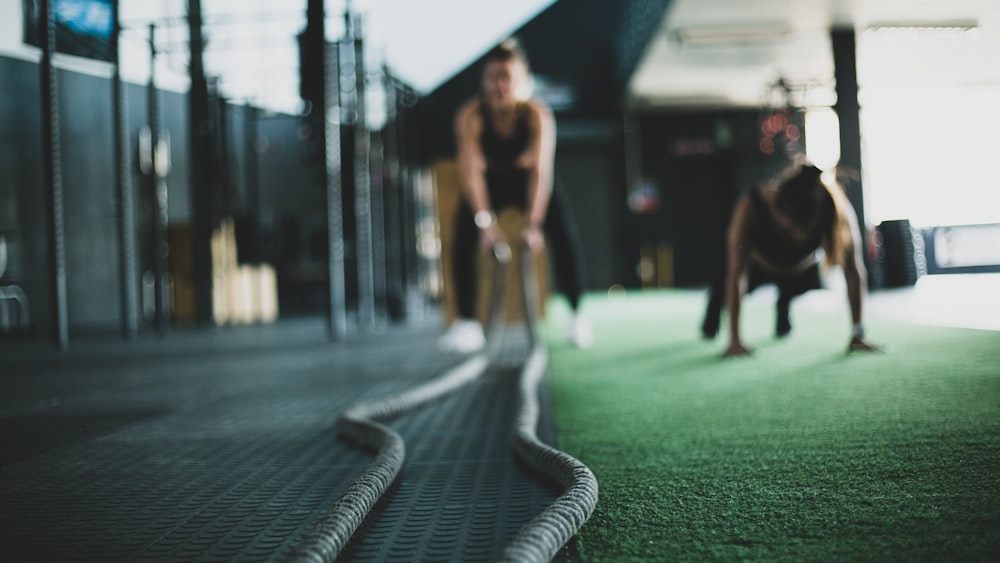
1 comment
kabeer
great blog